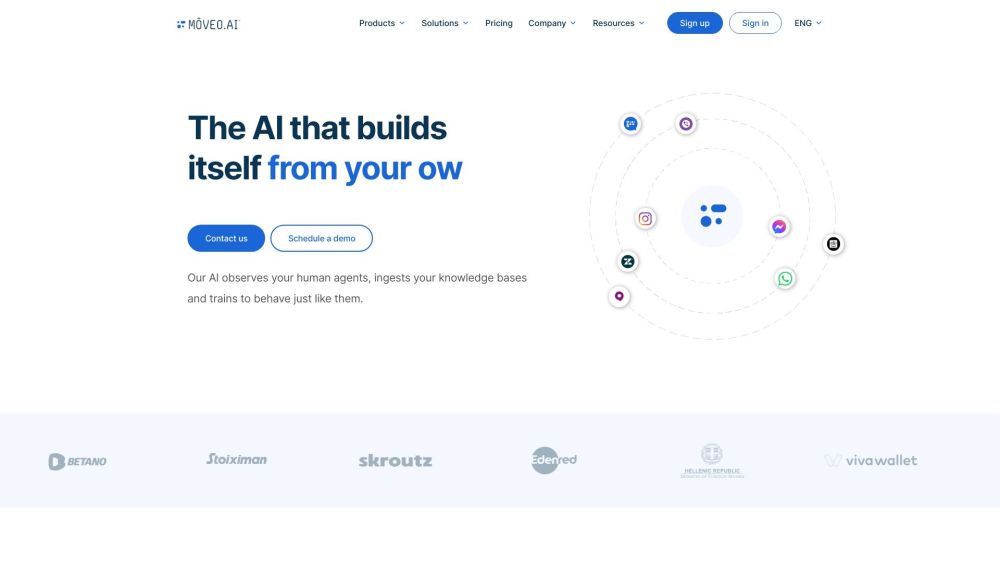The Surge of Generative AI in Enterprises
Enterprises are rapidly harnessing the potential of generative AI, marking a significant trend in technology adoption. According to Gartner, within the next two years, half of the board members of the world's 500 largest companies will leverage generative AI for ideation, scenario planning, and decision optimization. While some organizations may act out of fear of being left behind, as noted by Vijoy Pandey, SVP of Outshift by Cisco, this shift promises substantial opportunities. However, many face challenges in scaling generative AI effectively.
“It’s one of the most important tech transitions in the past decade,” Pandey explains. “It revolutionizes creativity, productivity, product innovation, and revenue streams, unlocking new use cases and redefining existing ones.”
Challenges in Scaling Generative AI
Adopting AI comes with significant challenges, including costs, accuracy, data privacy, bias elimination, and the intricacies of managing scale amidst a continuously evolving landscape.
“The pace of evolution in this domain is so rapid and multifaceted that keeping up is a struggle,” Pandey points out. “Additionally, the skills gap presents a major barrier, particularly regarding advanced large language models, which many organizations find complex and daunting to deploy and manage.”
While proof-of-concept trials are easier to implement, the long-term success of generative AI hinges on delivering real value rather than superficial solutions.
“The focus must be on practical outcomes—whether enhancing productivity, sparking creativity, or creating new revenue avenues,” Pandey emphasizes. “Organizations often rush into initiatives based on initial small-scale successes without fully realizing the complexities involved in large-scale implementation.”
Navigating Data and Privacy Challenges
Deploying generative AI at scale exposes several pipeline challenges. “The journey begins with data,” Pandey notes. “Many organizations lack a cohesive data lake, relying instead on fragmented data sources.”
Data can exist in various formats, often labeled differently and scattered across the organization, complicating integration efforts. Moreover, data quality is critical; merely possessing data does not guarantee useful insights. “Dirty data can arise from provenance issues or security conflicts,” Pandey explains. “Effective data usage requires stringent privacy measures and responsible AI practices to protect sensitive information.”
Selecting the right model adds another layer of complexity, with a multitude of options available. Organizations must efficiently navigate the process of choosing, customizing, and fine-tuning models to meet evolving demands.
“The iterative process of managing models in the generative AI space is challenging, particularly as conditions change,” Pandey states. “Continuous improvement in performance while navigating these complexities is essential.”
The Path to Success in Generative AI
To effectively capitalize on the opportunities that generative AI presents, companies must identify what differentiates them. “Understanding your unique value proposition and deep subject matter expertise is crucial,” Pandey advises. “Be strategic in how you approach generative AI by focusing on relevant use cases that matter most to your business.”
Employing a software-centric strategy is vital for managing complexity. This involves building an abstraction layer that simplifies interactions with multiple AI providers. It’s important to have frameworks in place to measure biases, enhance data security, and monitor key performance indicators (KPIs) effectively.
“Narrow your focus to prioritize high-impact use cases,” Pandey suggests. “Identify where your organization can add the most value, allowing others to innovate around your specific needs.”
Embracing an AI-Driven Future
As AI, particularly generative AI, reshapes the global market, organizations must embrace an AI-first approach to digital transformation. “If your strategy doesn’t prioritize AI, you risk falling behind,” Pandey warns. “Choose use cases that promise substantial returns to justify the investment required for implementation.”
Fostering a rigorous measurement approach is essential as the technology evolves. “Start monitoring accuracy, process efficiency, costs, and security. Optimize collaboration and streamline operations,” Pandey instructs. “Focus on reducing inefficiencies to unlock the potential of generative AI fully.”
Pandey concludes, “Change is on the horizon. This transformative technology will redefine productivity, creativity, and innovation. Engage with it actively; staying passive is not an option.”





